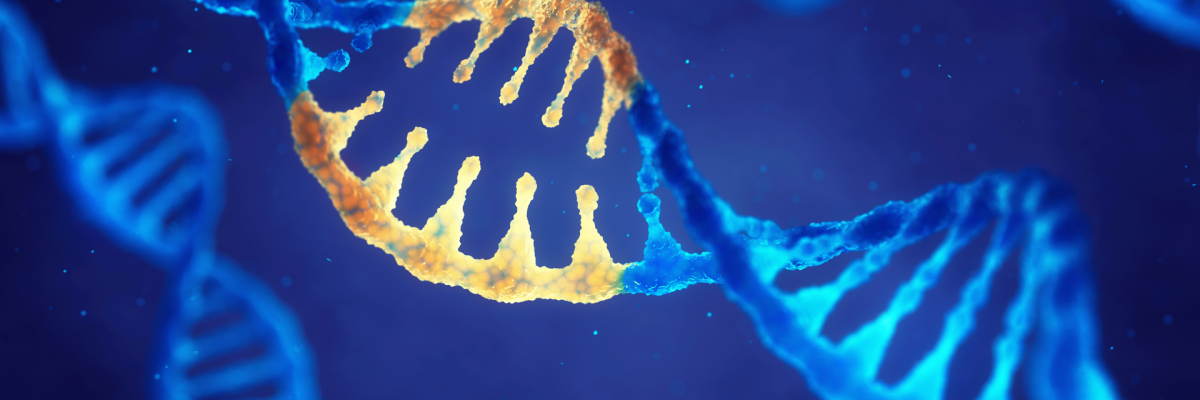Former University of Alabama professor Peter Noble identified genes that are activated several hours or days after a person's death.
A gene is a DNA structure that contains information on the construction of new molecules. The function performed by genes in a living organism is quite apparent, but recent studies show that this isn’t the case.
The study was developed by a former professor of the University of Alabama Peter Noble and a team of scientists from Washington University. Together they worked on an innovative technique for measuring gene activity and noticed something beyond their own comprehension. Examining the tissues of recently dead zebras, scientists noticed that about 1% of the genes came to life as if they were about to build new cells.
Later, similar tests were carried out on the tissues of fish and mice, and the results were alike. The scientific community was sceptical about this data. At the same time, another group of scientists led by Roderick Guigo decided to conduct their own research. This time, human tissues were analysed, and the information already discovered was confirmed.
It's noted that different genes were activated at various intervals after death. In theory, this information may help forensic scientists to establish the time of death more accurately. However, the reason for such strange gene behaviour remains unknown. This once again shows how little we really know about our own bodies, life and death so far.
Share this with your friends!





Be the first to comment
Please log in to comment